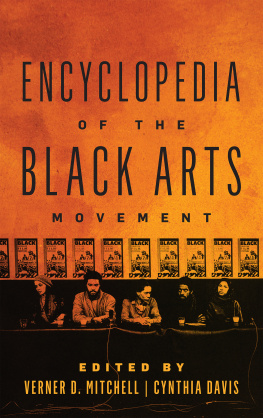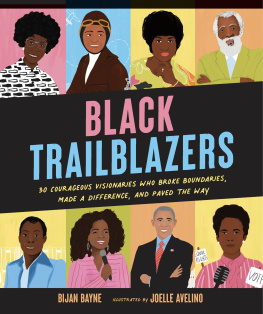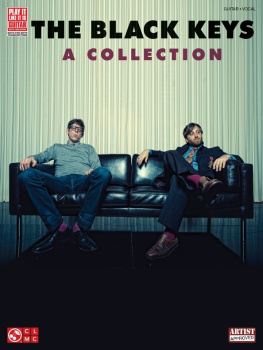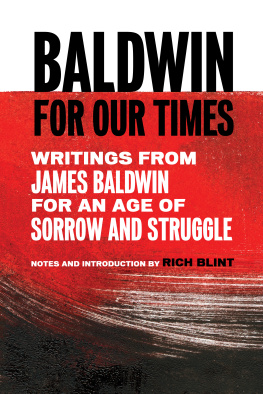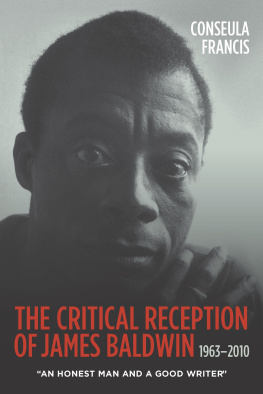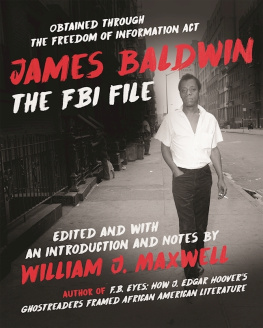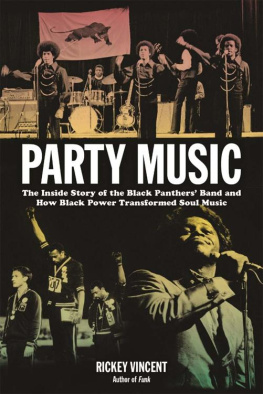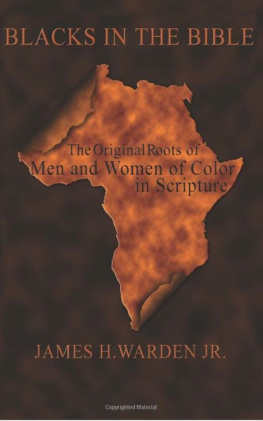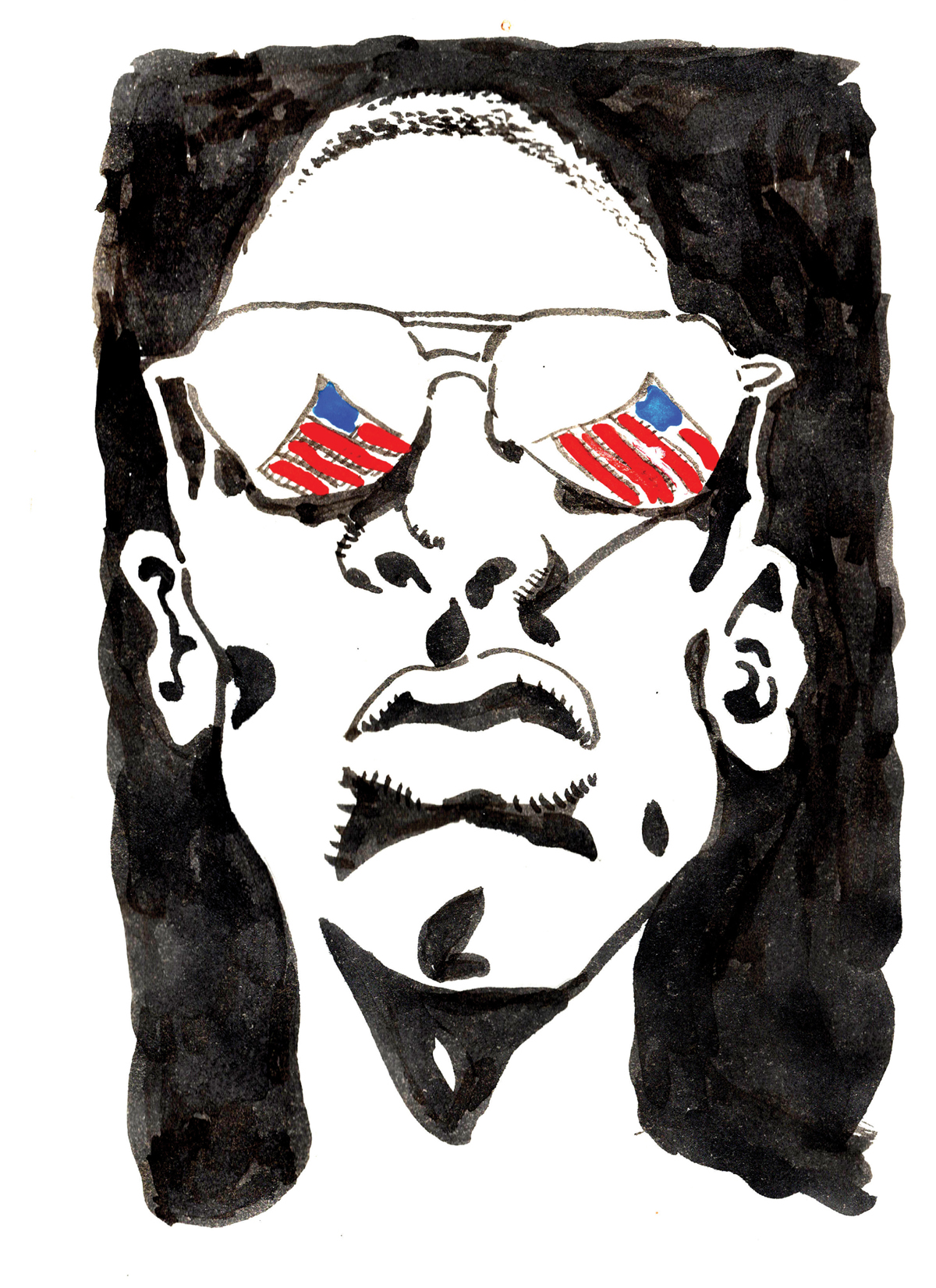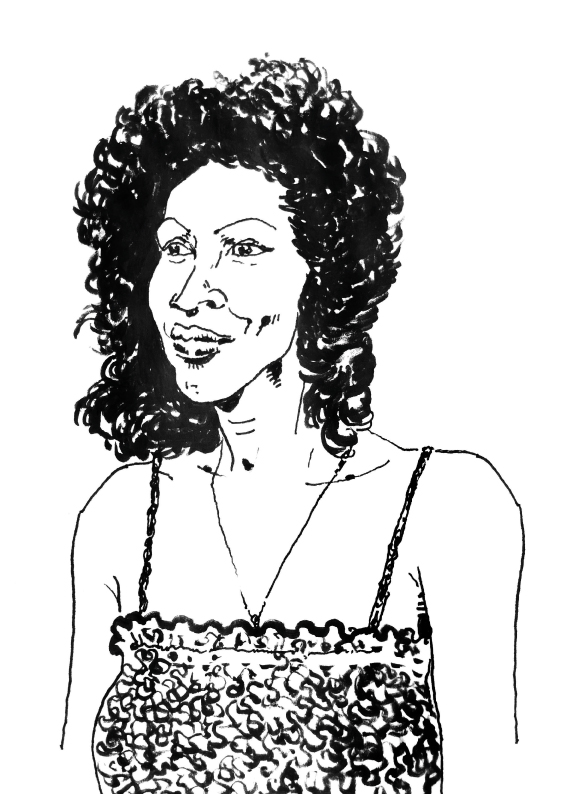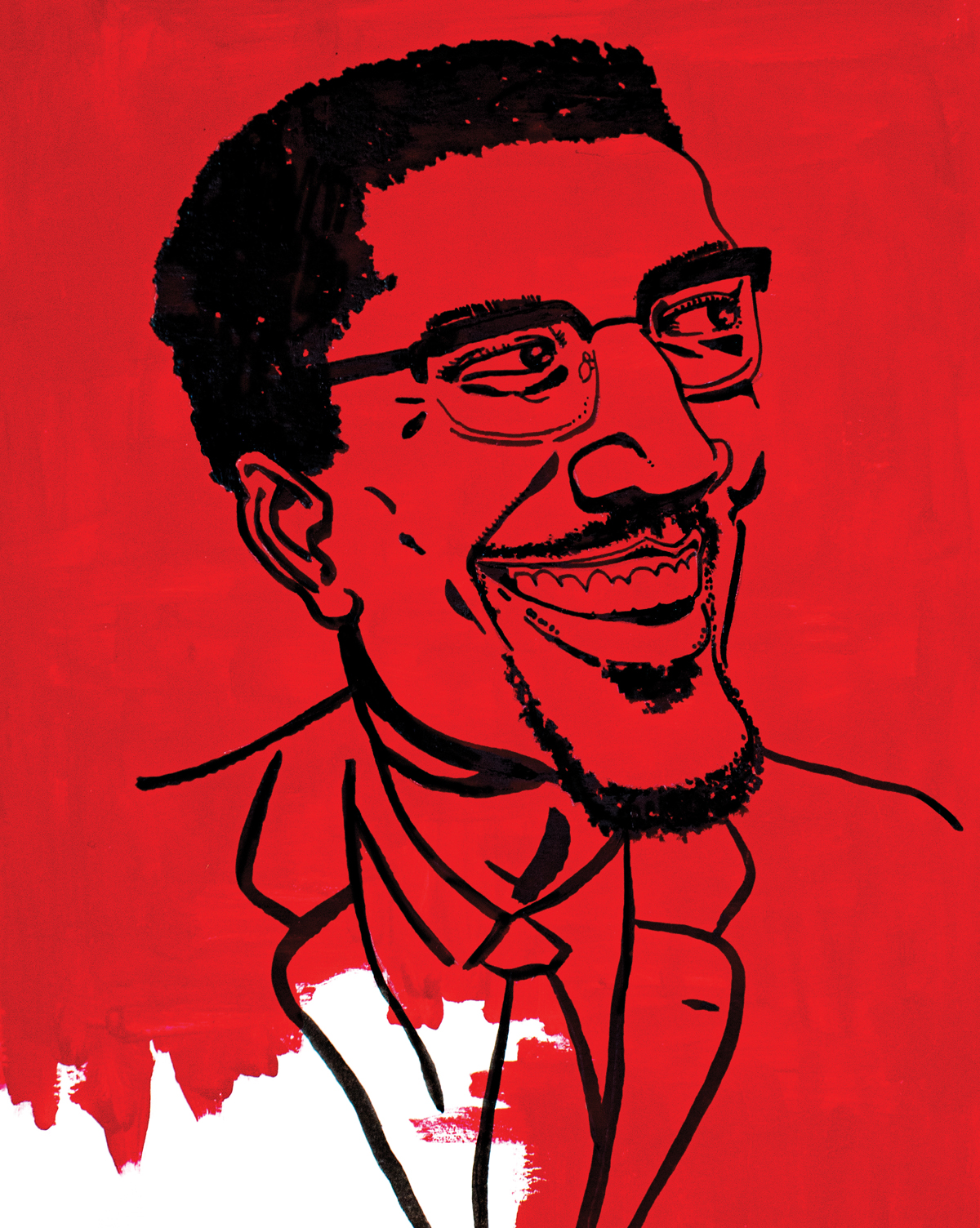Contents
Guide
To my father, my first soul mate.
To my grandmother, my second.
To Catherine Janice Holder, who witnessed it all, lived fully on her terms, and died in peace.
I love you, Mom.
Table of Contents
A guide to our Black history pioneers
I had a curiosity. This project was born out of an interest in a series of separate things that overlapped. The past and the present. My internal and external self. My understanding of my soul through a connection with my community. I was curious about knowing Black history better than I already did, and I was also curious to see if I was an artist.
I had never allowed myself to explore two things in counterpoise like that, and I reached a juncture in my life to inquire: If not now, when? I had the novel idea of doing a daily challenge and painting a Black history pioneer every day for a month, choosing the shortest month of the year. A simple yet ambitious idea, which bloomed out of my professional experience as an art director tethered to my personal interest in identity. I had assigned lots of art to many artists over many years, and I knew that people worked well within parameters. So I gave myself some terms. I decided I was going to research, write, and paint one pioneer a day. It seemed achievable, it seemed attainable, it was just brazen enough, and it also gave me some room to observe my own process and work out my nerves.
I limited the framework of the original series to black-and-white portraits. I knew that my inclination to think expansively about color would paralyze my momentum (so many colors!) and sabotage my enthusiasm. That limitation forced me to see beyond the words of my research and focus on intangibles like line quality, composition, emotion, and the personality of the person I was rendering. I needed to meet my subjects where they were. To see the hardships and sacrifices, but also hear the laughter, feel the inner definition of self-reliance. I spent a lot of time communing with the people I was researching, so by the time my paintbrush hit the paper for each one, I had a lived-in sense of who this person might have been as an individual. And I trusted my perceptions.
I found I was approaching each portrait differently, requiring a variety of tools. Sometimes I used acrylics, sometimes watercolors. Sometimes pen and ink, sometimes colored pencil. Along the way, I got to know the body language of Edna Lewis, the matriarch of southern American cuisine. The quiet resolve of revolutionary activist Amy Ashwood Garvey. The searching, curious eyes of Alain LeRoy Locke, progenitor of the Harlem Renaissance. I was basically starting from scratch each day. That realization was an epiphany. And parallel to that enlightenment, I recognized that that was how I was going to approach Black history. That is how I was going to climb that mountain. From the beginning again. This giant, impenetrable thing. I had to tease, massage, and release my unformed notions and become a student. Throw down my defenses and learn. Yet as I started doing more portraits, I began to be more afraid, not less. I was terrified the first week, and then the second, and then I was terrified the third week, and I didnt stop being terrified until I had finished twenty-nine portraits, twenty-nine days later. (It was a leap year.)
I need to be awkwardly honest: there was no historical anchoring in my initial exercise. There was no organized rigor. At first. I just went by feeling. I was looking around on the internet, inside various digital cubbyholes of information. When I did a search for, say, James Baldwin, Langston Hughes would pop up. That would lead to another person, and perhaps to another hidden accomplishment, which in turn led to pockets of history that I had never realized or recognized. It felt as if I were in truly uncharted territory, had reached the edge of space and found out that there was a whole other universe beyond that. And it made me hungry to discover more. Because I didnt know enough to structure my approach from a historical lens, that approach was too intimidating. But that is also not who I am. I would have found that way impenetrable. I just wanted to give in: I wanted to trust my feelings, wanted to find the luminaries who wanted me to find them.
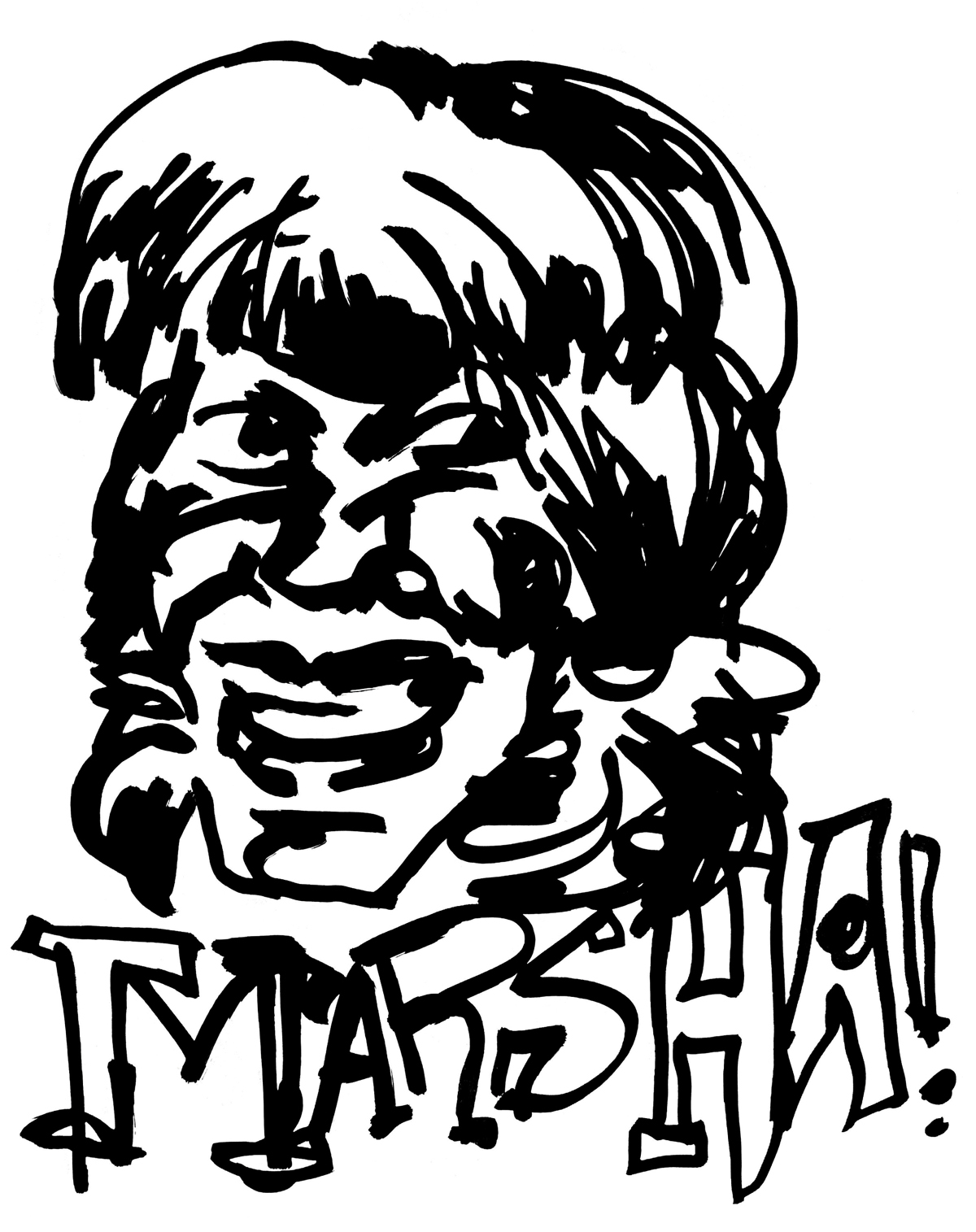
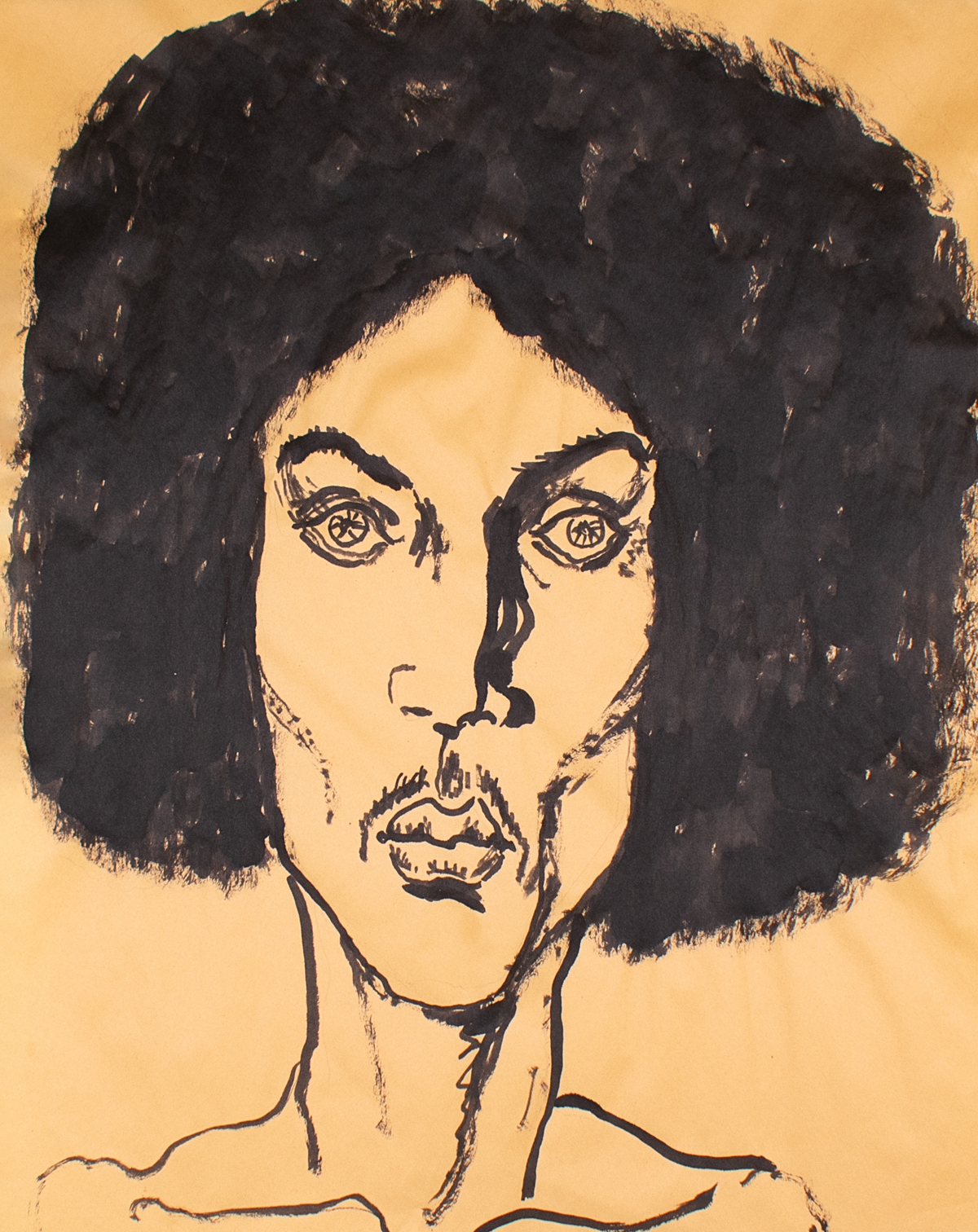
Black history tends to mean the ten people who are lauded during every Black History Month of every Black History Year. I absorbed some of those individual histories in elementary school, some of them in college. I didnt go to a historically Black university; I attended a liberal arts institution (which is an oxymoron, yes?). When I thought of it occasionally, I was embarrassed to admit that I didnt know enough American history. And I always did see it as American history. I never saw it as just Black history. I saw it that way because I am an immigrant. I exist outside the outside of Black and American history. I am a voyeur. I see the intersections and the wide-open spaces. It always incensed me that the Black community wasnt seen as part of American history, not in a meaningful way. Meaningful to us, sure. And yet that dichotomy was also exactly what the country was about. Thats what America was: separate. Two halves of a whole. And with every person I found and researched, I was angered as to how this country could fail to celebrate the bounty these pioneers had brought to everyones life. A whole in two halves.
I thought of the movements they had started, the techniques they had invented, the culture they had defined, the science they had created, the policies they had imbued. And then I began to get intimidated, again, because all that accomplishment is intimidating. At that point, I was thinking of doing a book on Black history. Illustrated Black history. I thought, Who am I to be shepherding this idea? Who am I? I knew I was not the first Black human to consider this. A contemporary book that was beautiful and accessible and a gift that anyone could buy for anyone else, a volume that wasnt layered in all the history of an academic book, yet not just a childrens book either. Something to share. A simple and ambitious idea.
The process of making this book has scared me because it invites a critique of how I view people who are both well and not well known: the pillars of our community. This book is presented entirely through my perspective; it is very internal and very personal. And yet Im creating it in a communal way for my community. Im saying, Heres a way for you, the reader, to engage in your relationship with Black history too. Im suggesting that you can also get to know our pioneers. And it doesnt have to be intimidating. And it doesnt have to be just heavy. Because the history is daunting, is intense, is haunted. But you know, one of the things that I also learned in doing this project is that theres a false perception that we dont know our own historywe as Black people. I have always rejected that. We have our ways of carrying history. We carry it in our bodieswe carry that trauma, we carry that collective ideal. We carry the language of dance and culture and human expression. Weve passed it down effortlessly to each other, attached to our DNA. We know pain. We know hardship. We know resistance. We know all these things that are active with words in our culture today. Weve carried our history the whole time. We know how hard its been. And while we Black people may not always know the dates, the times, or who said what to whom, such details arent the only way to learn history. In



